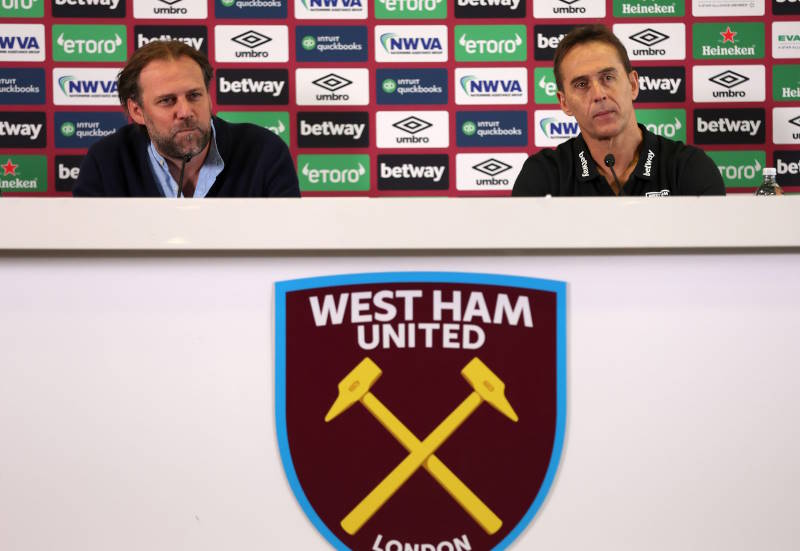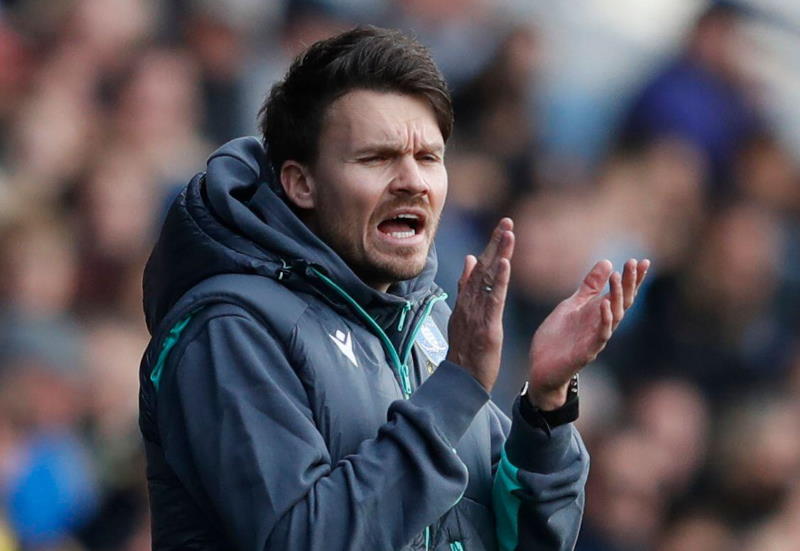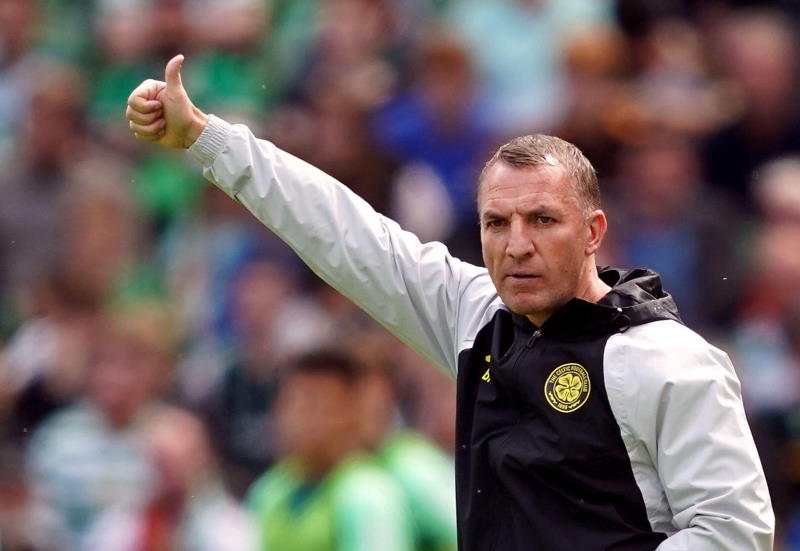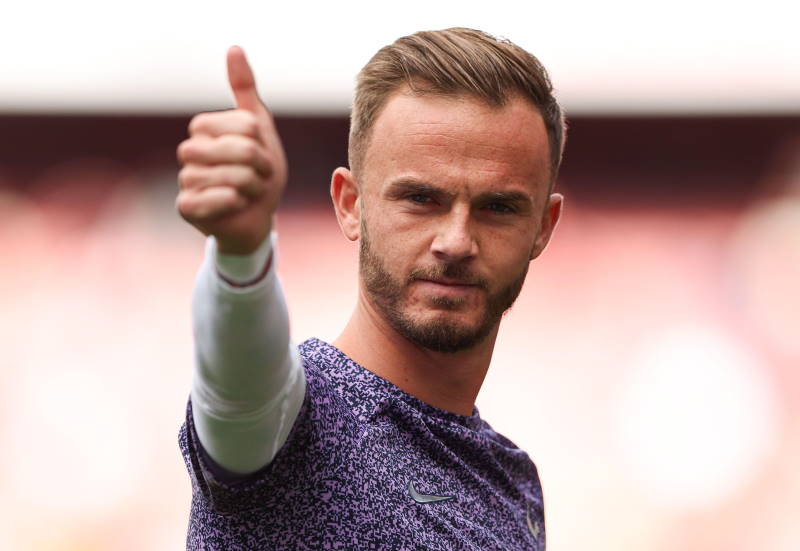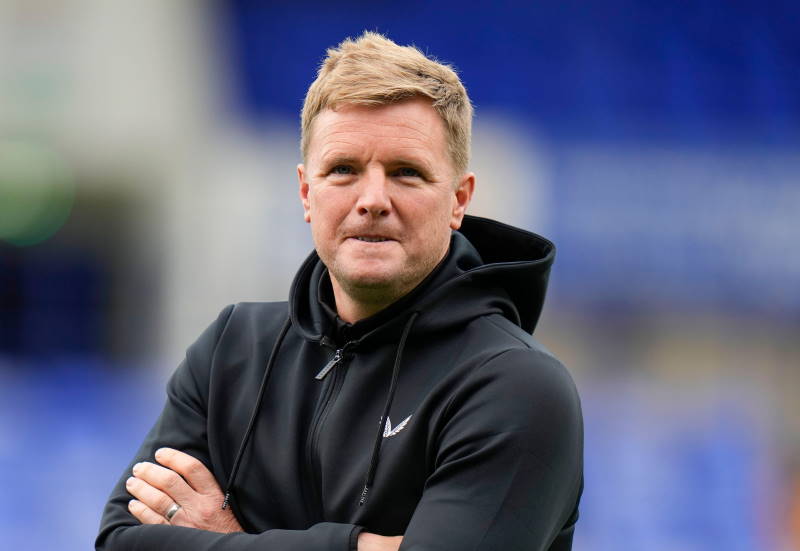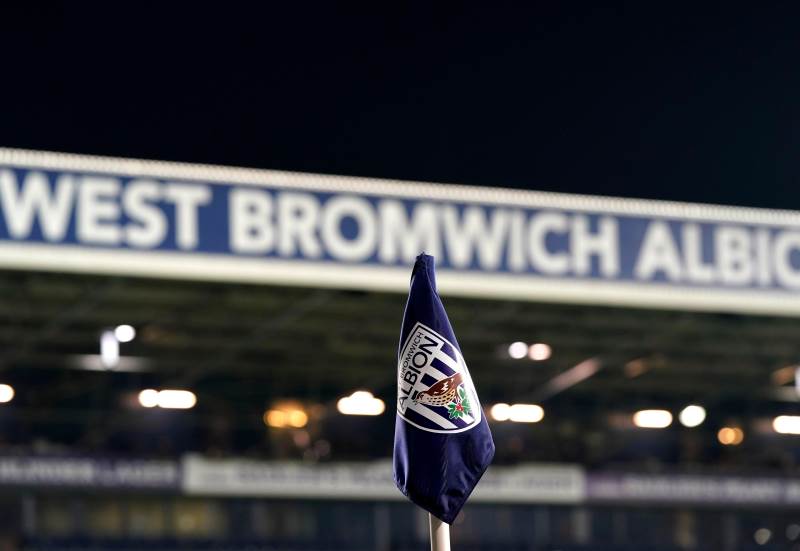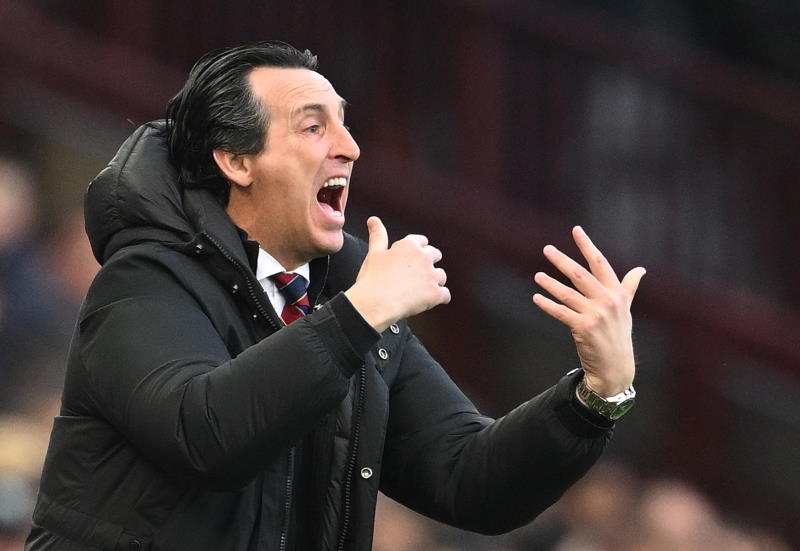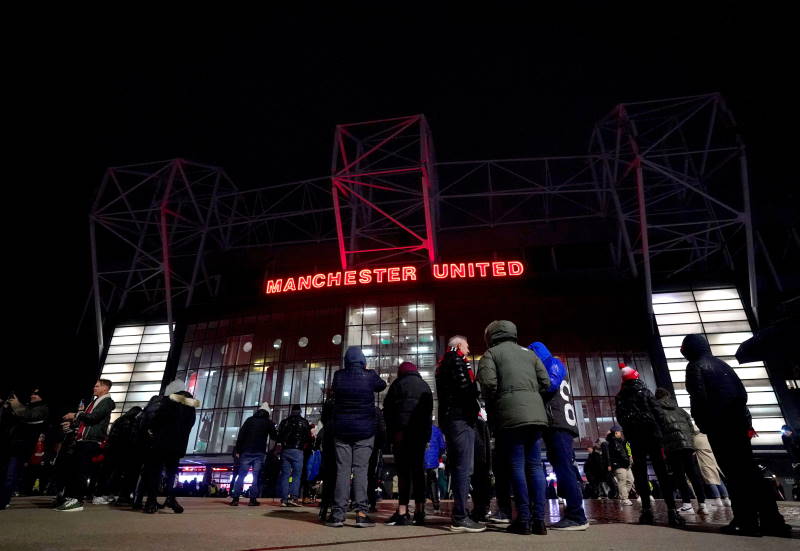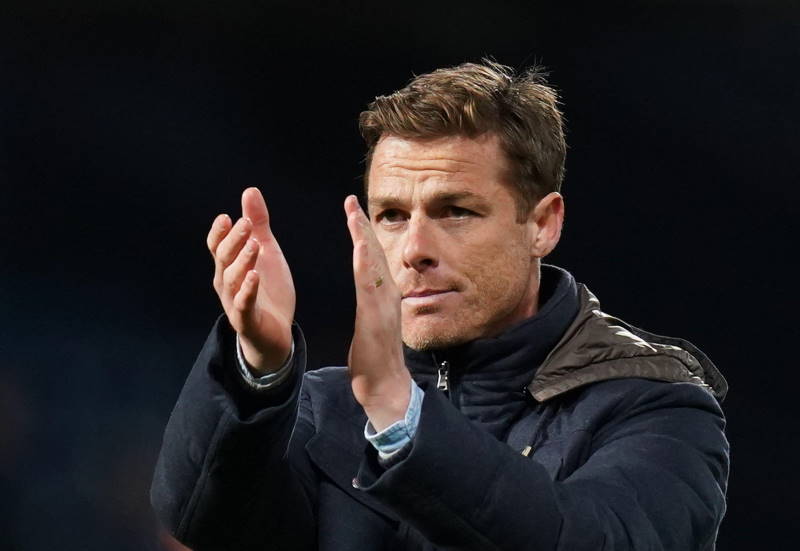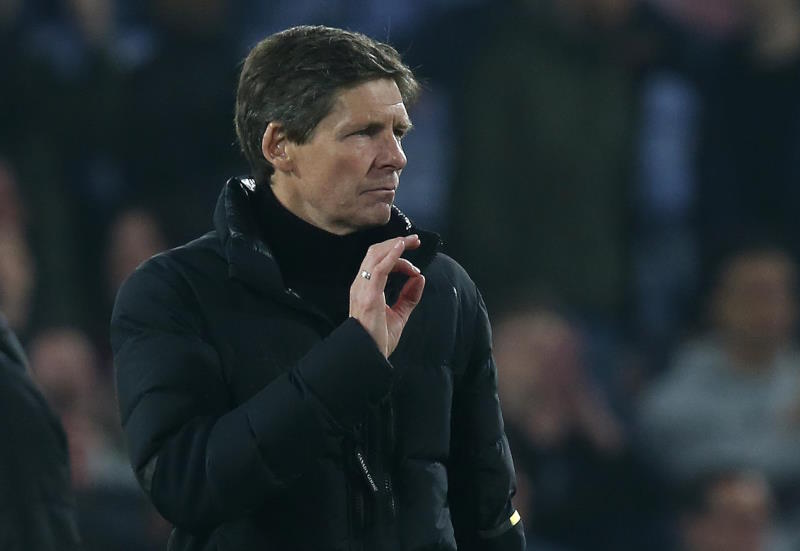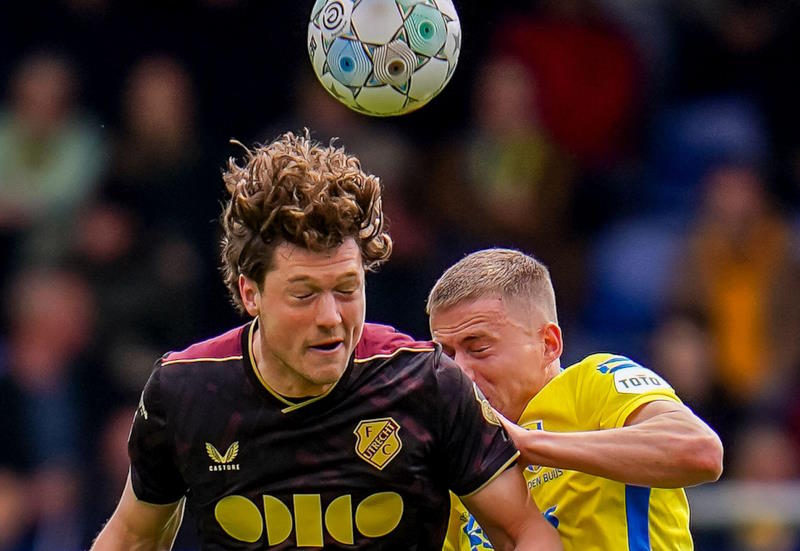
Nick Dorrington
As the five South American representatives continue their preparations for South Africa, Colombia have been left to dwell on their third successive failure in World Cup qualification. It has been by the tightest of margins on all three occasions, but this latest failure looks likely to be the catalyst for major change.
Colombia were one of the latest in South America to establish a national league and didn’t enter a team into World Cup qualification until 1958. They qualified for the 1962 tournament at the expense of Peru, creating a stir by drawing 4-4 with reigning European champions the Soviet Union, but finished bottom of their group. It would be 28 years before they would qualify again.
That spell in the international wilderness was eventually punctured by a young coach by the name of Francisco Maturana. A university graduate and practising orthodontist, Maturana was hardly your typical football coach, but he was a man with a very clear vision of how the game should be played. Handpicked by the club’s then main benefactor, drug lord Pablo Escobar, Maturana led Atletico Nacional of Medellin to the 1989 Copa Libertadores title with a short-passing style, attractive on the eye and perfectly suited to the players at his disposal.
A number of those players, most notably Andreas Escobar and the flamboyant goalkeeper Rene Higuita, made up the spine of the national team, by then also coached by Maturana, that came through qualifying for the 1990 World Cup via a two-legged playoff with Israel. Supplemented by the likes of Carlos Valderrama, Freddy Rincon and Ruben Dario Hernandez, Maturana’s men performed admirably in the tournament proper, qualifying from their group before a costly mistake from Higuita saw them fall 2-1 to Cameroon in the second round.
Despite their relatively early exit, the Colombians returned home as heroes. The nation finally had a team they could be proud of, and that same squad formed the basis of the team that qualified for the 1994 World Cup in some style, defeating Argentina 5-0 in Buenos Aires to confirm their place in the USA.
Many pundits were tipping the Colombians as dark horses for the tournament, but a mixture of over-confidence, ill-discipline and the interference of drug cartels saw them fall to an embarrassing first round exit. The recriminations were severe. Andreas Escobar, scorer of an own goal against the host nation, was shot dead in a restaurant parking lot just weeks after the team’s return.
Colombia did qualify for the 1998 World Cup under the tutelage of Maturana’s former assistant Hernan Dario Gomez, but the magic of that generation had long since faded, and a first round exit was very much seen as the nail in the coffin for the golden era of the national team.
In the intervening years there has been a clear shift away from the short-passing style of Maturana towards a quicker, more physical approach, in keeping with the style of Ecuador, who successfully qualified for the 2002 and 2006 World Cups. Although the current squad features the playmaking talents of Macnelly Torres, he is often the lone creator in a team of runners, unable to perform to the best of his ability without like-minded players around him.
That Colombia’s qualification failures have coincided with this change in philosophy has not gone unnoticed and there are a number of coaches calling for a return to the ‘rosca paisa’ style of old. “The rosca paisa is not outdated,” Deportivo Pasto coach Hernan Dario Herrera said. “It is the best.” His view is shared by FC Bogota’s Oswaldo Duran, who noted that “it is very worrying the way we play in our country. If we do not change the way we train and play it will be very difficult to get to another World Cup.”
With this in mind, the Colombian Football Association has recently appointed Maturana to oversee national team affairs. In his interview he made a comprehensive presentation in which he outlined his vision for Colombian football going forward. Reforms at all levels of the game are likely, as he looks to put in place a structure that will ensure they have the best possible chance of qualifying for future World Cups. Better training for coaches is among his priorities.
The national team coach has not yet been announced, although Hernan Dario Gomez is considered favourite given his past work with Maturana. Discussions will take place in the coming weeks with a view to having a coach in place before the friendlies against South Africa and Nigeria at the end of May.
Promising recent results at youth level have shown that the raw talent is there to work with, and provided Maturana’s reforms have the desired effect the future is potentially bright for Colombian football. It is sometimes wise to take a step back in order to move forwards and with the appointment of Maturana, Colombians will be hopeful another golden age is just round the corner.
Related Articles:
- – Egyptian Talents Light Up African Cup of Nations
- – Shakhtar Coach Lucescu's Brazilian Obsession
- – Can Wales Avoid International Wilderness?

